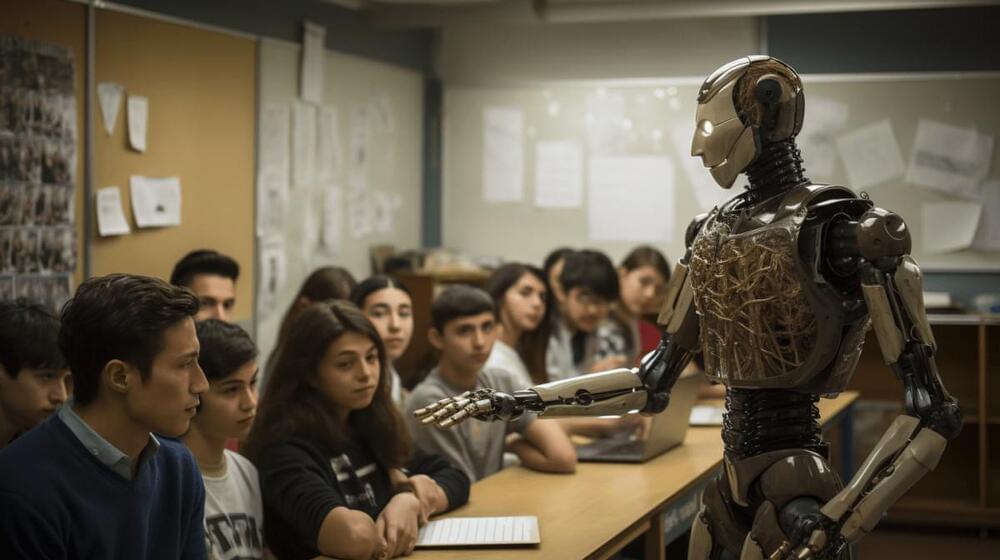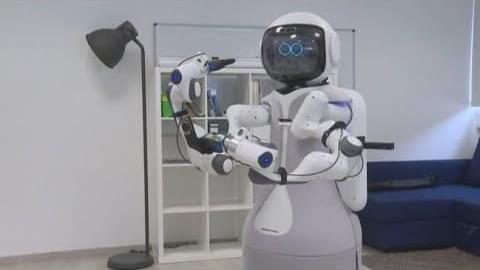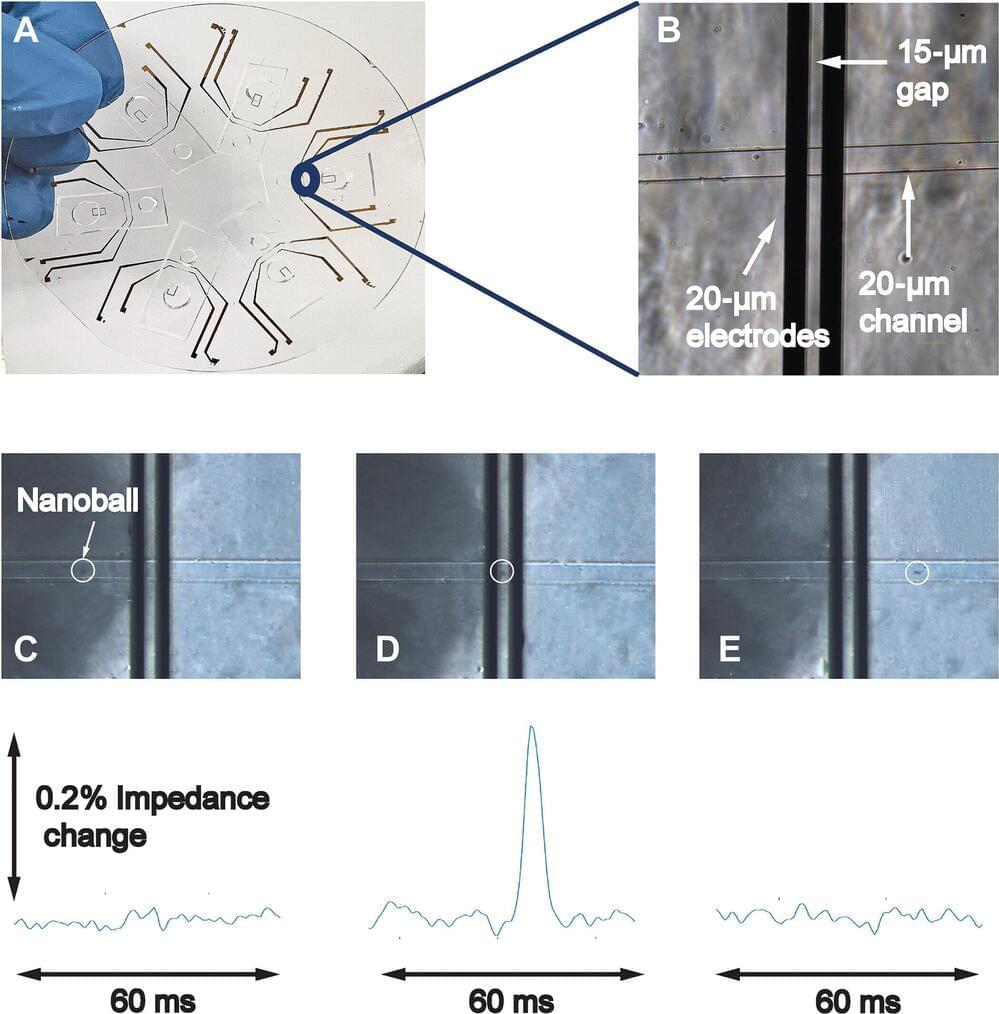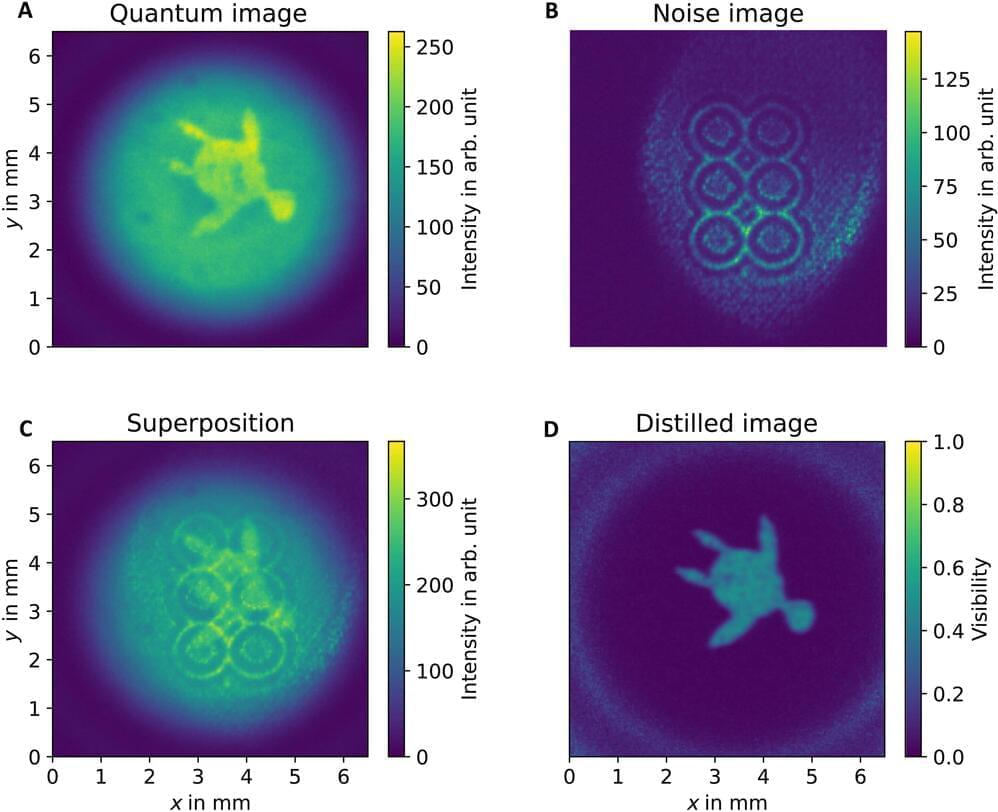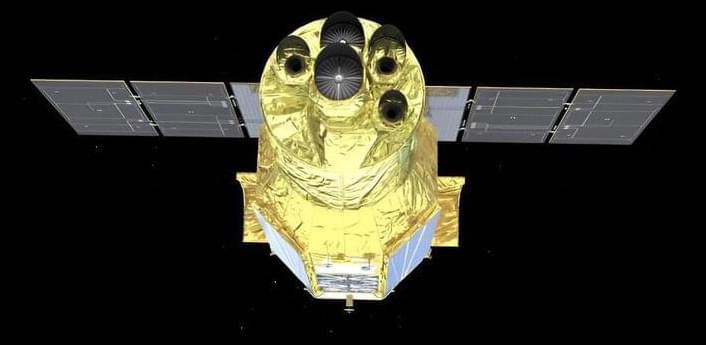Sep 11, 2023
OpenAI wants teachers to use ChatGPT for education
Posted by Shubham Ghosh Roy in categories: education, robotics/AI
Head over to our on-demand library to view sessions from VB Transform 2023. Register Here
It’s not only programming, journalism and content moderation that OpenAI is seeking to revolutionize with the use of its landmark large language models (LLMs) GPT-3, GPT-3.5 and GPT-4.
Today, the company published a new blog post titled “Teaching with AI” that outlines examples of six educators from various countries, mostly at the university level though one teaches high school, using ChatGPT in their classrooms.
